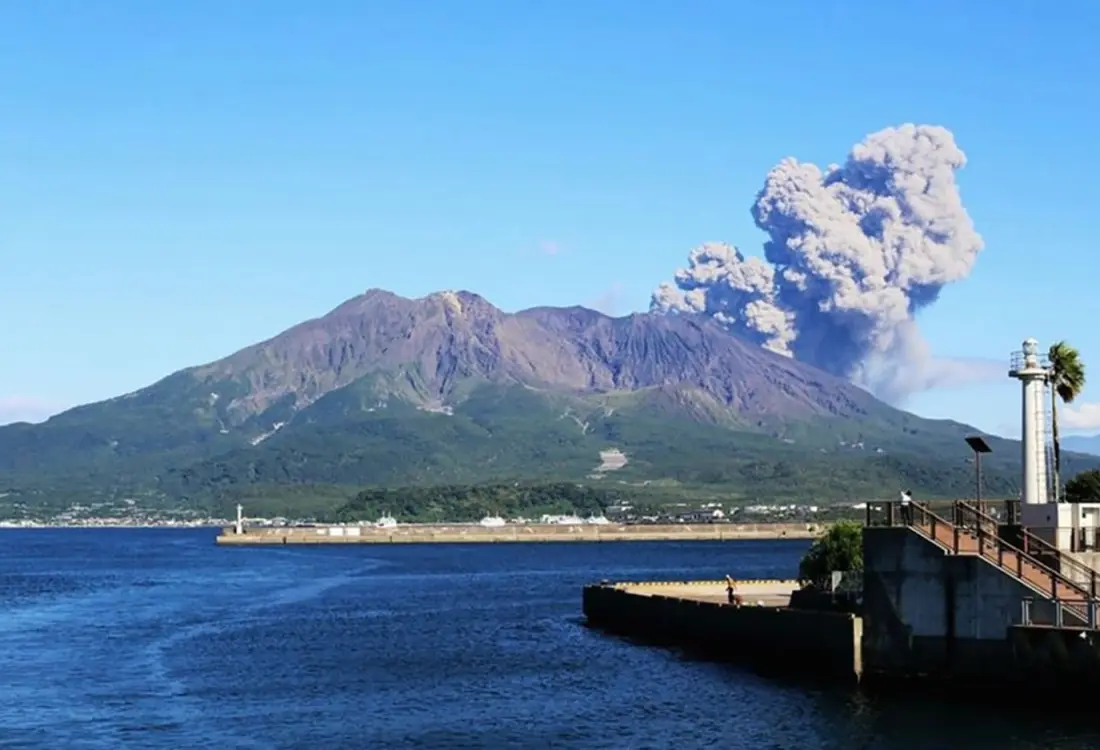
In the shadow of a volcano
the world's largest daikon radishes
Sakurajima, an active volcano and the symbol of Kagoshima, was formed 26,000 years ago, and it still has plumes of smoke rising from the top. The debris flowing from repeated large scale explosions has built up, creating an extensive alluvial fan shaped area around the volcano. Production of agricultural products such as citrus fruits and loquat is substantial in the volcanic ash soil with its excellent drainage. Perhaps most famous amongst these is the Sakurajima daikon, which has been recognized by the Guinness Book as the “World’s Largest Daikon.” I visited the fields looking out to Kinkowan Bay and Kirishima mountain range managed by Toshikiyo Murayama, one of those growers.
I hear the muffled sound of an explosion “Bang, Bang!” fill the air, and as I look up into the sky I can seek a blackish plume of smoke rising slowly from the summit of Sakurajima. In late January, the broad leaves of Sakurajima daikon cover one face of Toshikiyo Murayama’s approximately 4 are field in the foothills of Kita-dake (northern peak) as the daikon patiently await harvesting. The Sakurajima daikon weighs 31.1 kg and with a circumference of 119 cm, holds the Guinness World Record for the “World’s Largest Daikon.” Its origins are unclear, but from the inscription “Presented to the Tokugawa clan” in records of the old Satsuma domain, it is thought that the daikon has a history of over 200 years. “Shimadekon” as it is known locally was cultivated by most of the farmers and eaten in kasuzuke (pickled in sake lees). However, there were many people who gave up on cultivation due to the repeated large scale eruptions, and the current number of producers compared to that at the peak is approximately 30 people or 1/10.


Mr. Murayama started farming in his 20s, cultivating Sakurajima daikon and Sakurajima komikan (the smallest mikan in the world) but in 1972 there was a major volcanic eruption in Sakurajima. Almost every day a black ash-bearing rain descended on the fields, devastating the agricultural products. “In order to for my family of four to make a living income, we moved to Kagoshima city and I ran a fruit shop for 30 years,” says Mr. Murayama. However, he could not get his feelings for his parents who had remained farming on Sakurajima or for his hometown, and in 2004 he shut up shop and returned. He started growing Sakurajima daikon and Sakurajima komikan, as well as other vegetables, using organic cultivation methods which people on the island were unfamiliar with at the time. Looking back at that time, Mr. Murayama says “People around me thought I’d lost my mind for farming without using chemical fertilizers or agricultural chemicals. For six to seven years it was an ongoing process of trial and error, which meant that the first three years I went without any income. Even so my family supported each other and continued farming while cultivating the land, and I was able to make organic cultivation of Sakurajima daikon a reality.”


Sakurajima daikon seeds are sown from August to September, and harvesting can be done the following year from January to February. The daikon grows over approximately half a year, double the cultivation period of a normal daikon. The cultivation of Sakurajima daikon would also be possible outside the island but “The taste would definitely not be the same,” says Mr. Murayama. “Because the soil being volcanic ash, we can grow a firm-bodied daikon with a soft texture but powerful sweetness. Sakurajima daikon is the very manifestation of the volcano’s blessings.” In the spring of 2013, his wife Akie said “I want to create a spot where we can introduce people to the deliciousness of Sakurajima daikon and the attractions of the Sakurajima peninsula,” and this led to her opening the seaside coffee shop “Cafe Shirahama” with her daughter Tomomi on the shore of Sakurajima. One of the most popular offerings is the “One Plate Lunch” which changes daily and contains copious amounts of homegrown organic vegetables and fruits, and from the middle of January to the middle of February, you can also savor cuisine that makes complete use of all the parts of a Sakurajima daikon. The root is used for steaks and namasu style (seasoned in vinegar) dishes, the leaves are used for shiroae (salad dressed with tofu, white sesame, and white miso) and as ingredients for miso soup, and the cute, light pink flower is used for salads. On seeing my surprise at the variation of Sakurajima daikon cooking arranged colorfully on the plate, Mr. Murayama’s daughter Tomomi explains “A characteristic of Sakurajima daikon is that when you cook it, it absorbs the flavors quickly, and even when you cook it to a melt-in-your-mouth softness it doesn’t fall apart at all. It also goes well with Western dishes like potage and quiche.”



Since the year 2000 Mr. Murayama has opened part of the field to green tourism, and he offers it as a place for local kindergarten children and general customers to experience sowing Sakurajima daikon seeds and harvesting the daikon as well. In addition, he is registered as a WWOOF host and he also accepts agricultural trainees from overseas. “Every year at the beginning of December we also have a Sakurajima komikan harvesting experience. After harvesting, we can have lunch on the Sakurajima daikon field whilst enjoying the view of Kita-dake,” says Tomomi-san. It is a precious opportunity where we can indulge our five senses in the attraction of Sakurajima by coming close to the verdant carpet of the leaves of Sakurajima daikon that extend over the field.




Located on the North side of Sakurajima, it boasts a prime location from which you can see Kinkowan Bay. Inside the shop you can savor Akie-san and Tomomi-san’s handmade dishes. The majority of the foodstuffs are homegrown, and they also sometimes offer fresh short-necked clams and wakame seaweed harvested from the seashore stretching right before your eyes. There are about six to seven food items arranged on one plate, and besides the “one plate lunch” that comes with miso soup and a demitasse of coffee, other popular choices include a bagel lunch (900 yen) and a chiffon cake (400 yen) with seasonal vegetables and fruits baked into the dough amongst others. Contact the shop for harvesting experience inquiries.
1267 Sakurajima Shirahama-cho, Kagoshima, Kagoshima prefecture
TEL: 099-293-2887
https://www.kagoshima-kankou.com/for/dining/52897
 The delicious secrets of Kagoshima's free-range Kurobuta pork
The delicious secrets of Kagoshima's free-range Kurobuta pork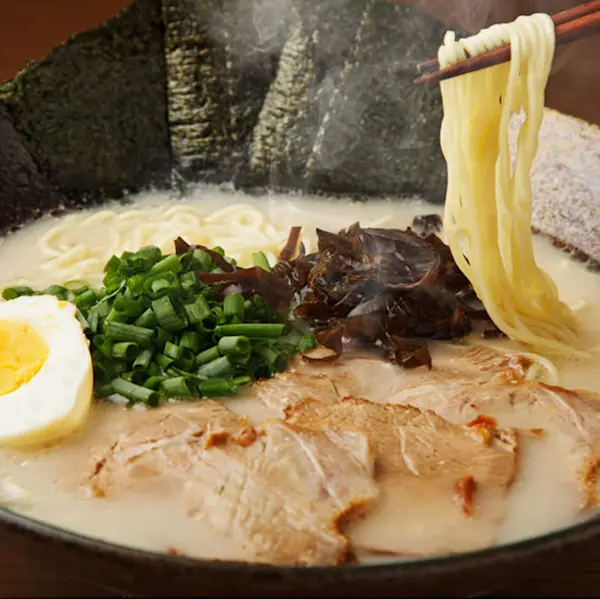 Everything You Need to Know About Fukuoka’s Famed Tonkotsu Ramen
Everything You Need to Know About Fukuoka’s Famed Tonkotsu Ramen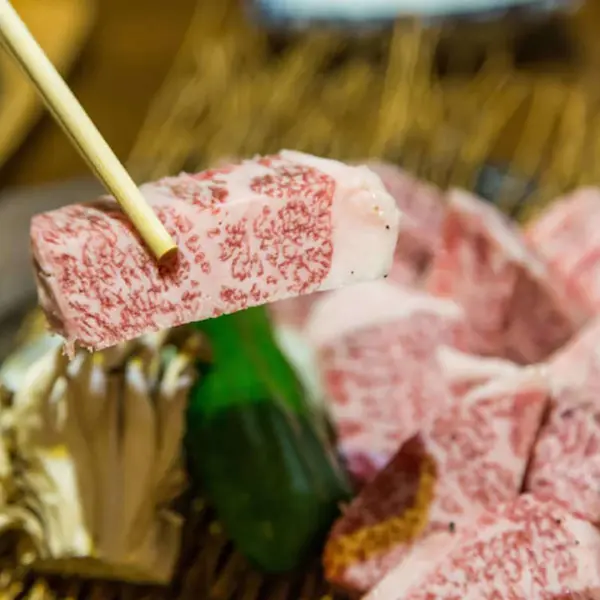 Saga Beef: Wagyu To Remember
Saga Beef: Wagyu To Remember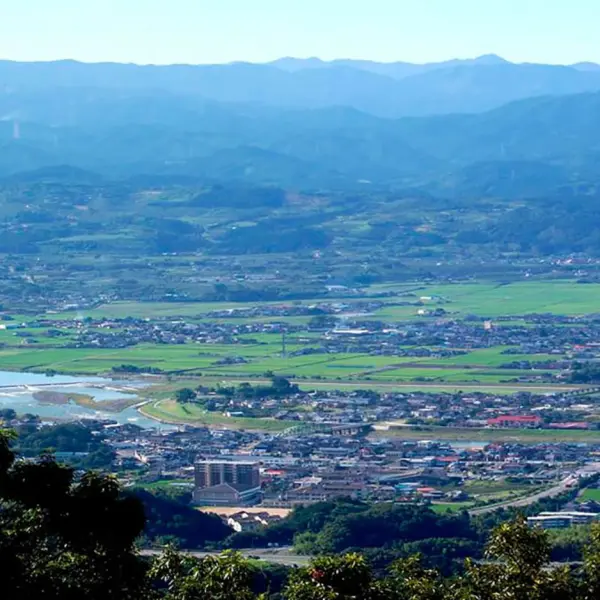 Discover Fukuoka's fruit kingdom
Discover Fukuoka's fruit kingdom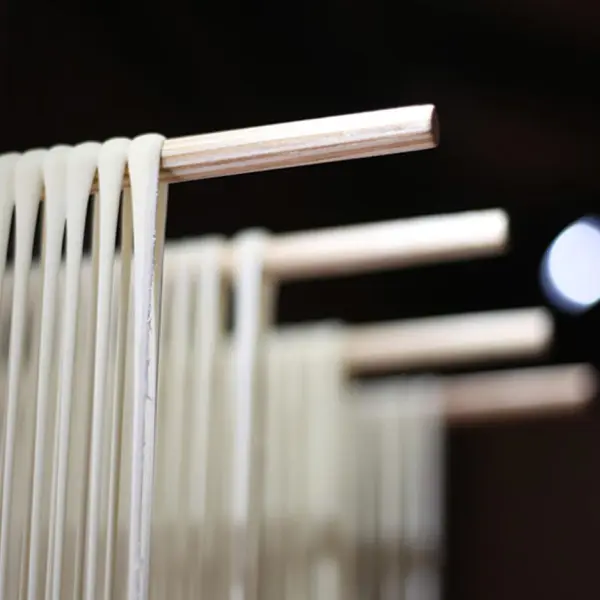 Goto udon: a delicious legacy of Nagasaki's ancient trade routes
Goto udon: a delicious legacy of Nagasaki's ancient trade routes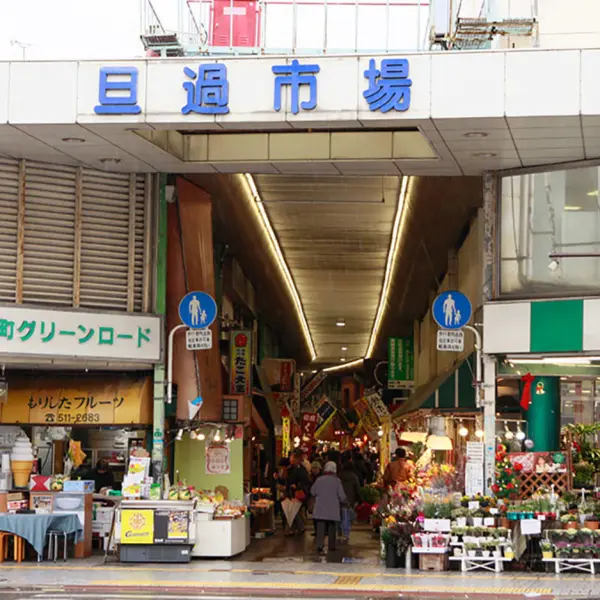 Feast your senses at Fukuoka's bustling fresh food market
Feast your senses at Fukuoka's bustling fresh food market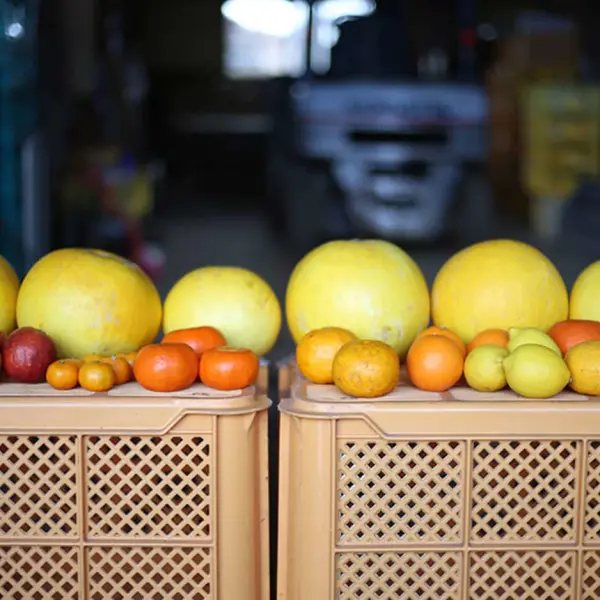 Cultivating the world's largest citrus fruit in Kumamoto
Cultivating the world's largest citrus fruit in Kumamoto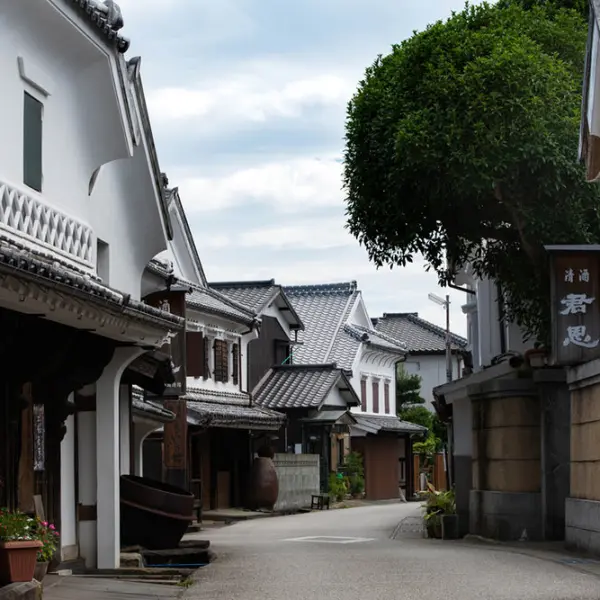 Hizen Hamashuku: Historic breweries that house the world’s best sake
Hizen Hamashuku: Historic breweries that house the world’s best sake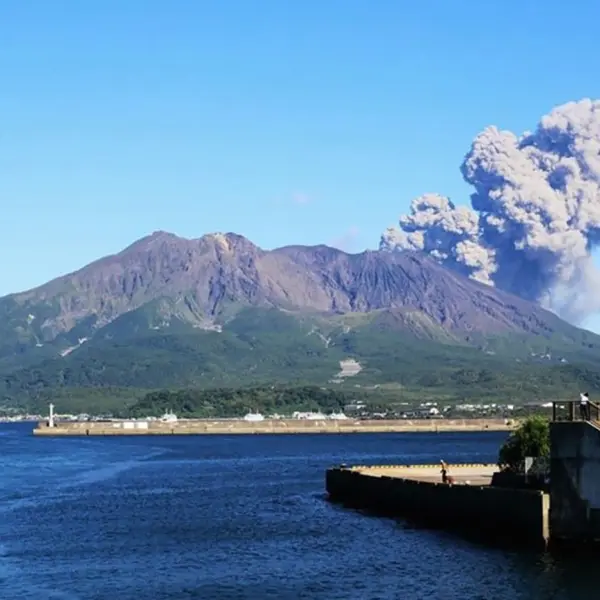 In the shadow of a volcano: the world's largest daikon radishes
In the shadow of a volcano: the world's largest daikon radishes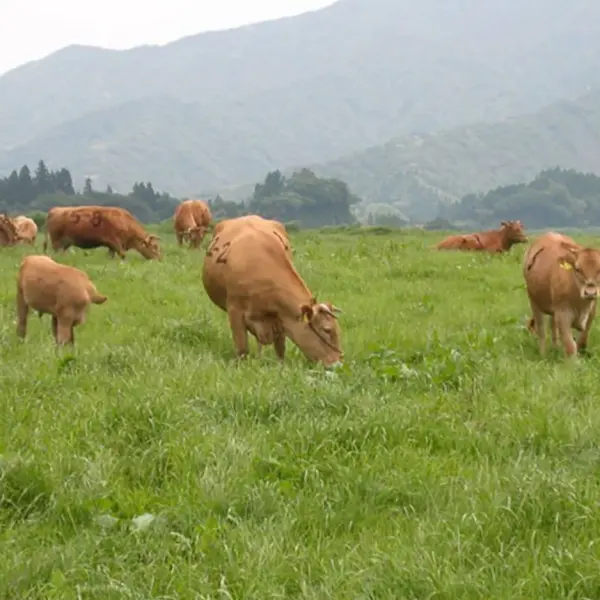 Raising Kumamoto's famed Japanese Brown Cattle
Raising Kumamoto's famed Japanese Brown Cattle




